Developed Early 16th century Place of origin Western Europe | Invented Early 1600s | |
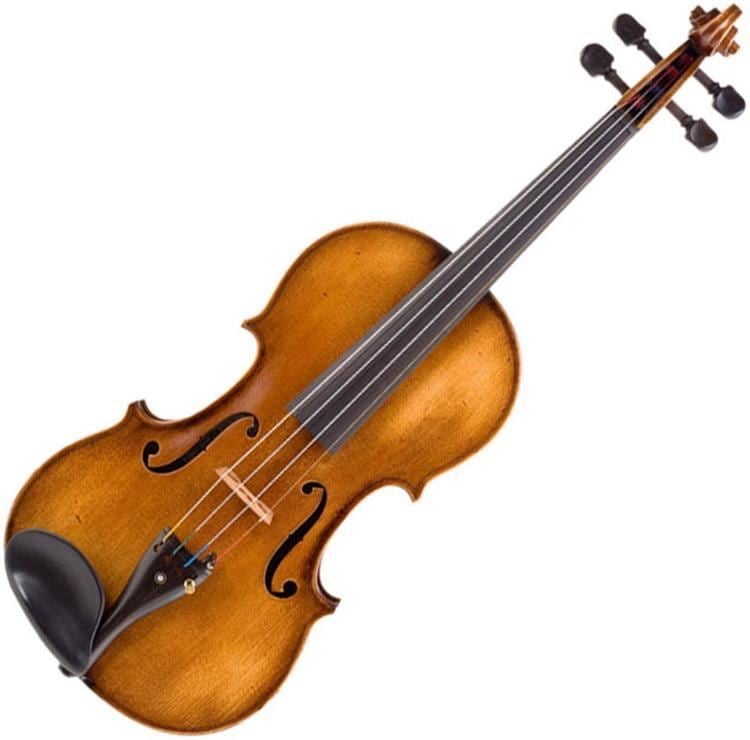 | ||
Fiddle is another name for the bowed string musical instrument more often called a violin. It is also a colloquial term for the instrument used by players in all genres, including classical music. Fiddle playing, or fiddling, refers to various styles of music. Fiddle is also a common term among musicians who play folk music on the violin. The fiddle is part of many traditional (folk) styles of music which are aural traditions, taught 'by ear' rather than via written music.
Contents
- History
- Etymology
- Ensembles
- Scottish fiddle with cello
- Balkan fiddle with kontra
- Styles
- Great Britain
- Ireland
- Scandinavia
- Continental Europe
- North America
- Latin America
- Other areas
- Variants
- Near relations
- Distant relations
- References
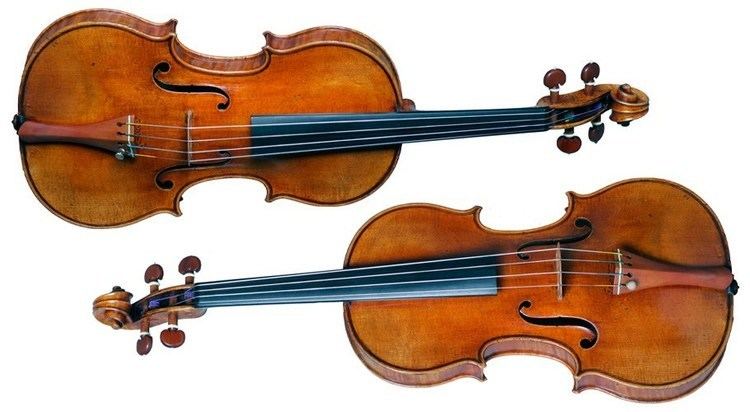
There are few real distinctions between violins and fiddles, though more primitively constructed and smaller violins are more likely to be considered fiddles. Due to the style of the music played, fiddles may optionally be set up with a bridge with a flatter arch to allow multiple strings to be played simultaneously with more ease, such as the droning in bluegrass music or performing triple stops.
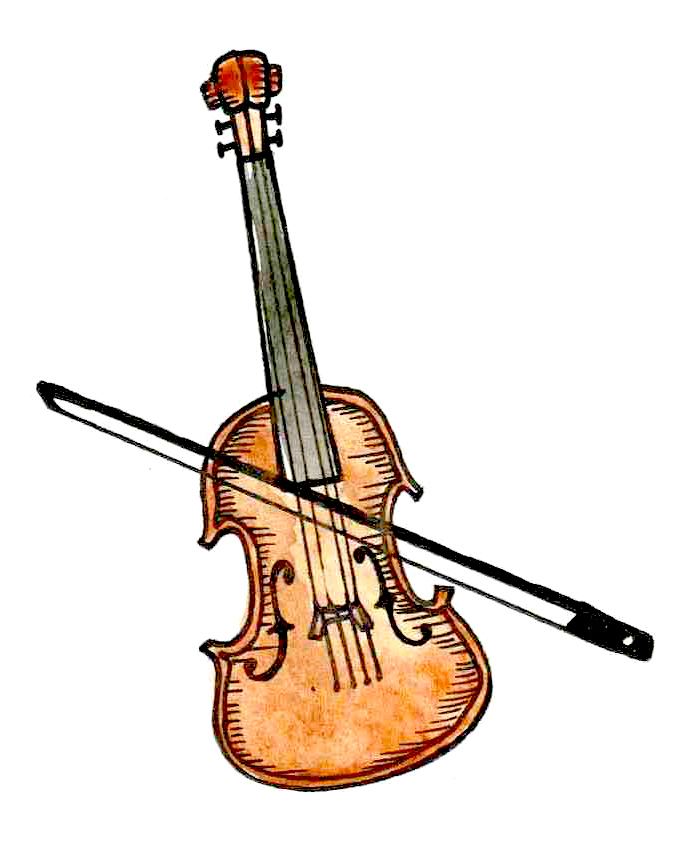
In order to produce a "brighter" tone, compared to the deeper tones of gut or synthetic core strings, fiddlers often prefer to use steel strings on their instruments. Among musical styles, fiddling tends to produce rhythms focused on dancing, with associated quick note changes, whereas classical music tends to contain more vibrato and sustained notes. It is less common for a classically trained violinist to play folk music, but today, many fiddlers have classical training.
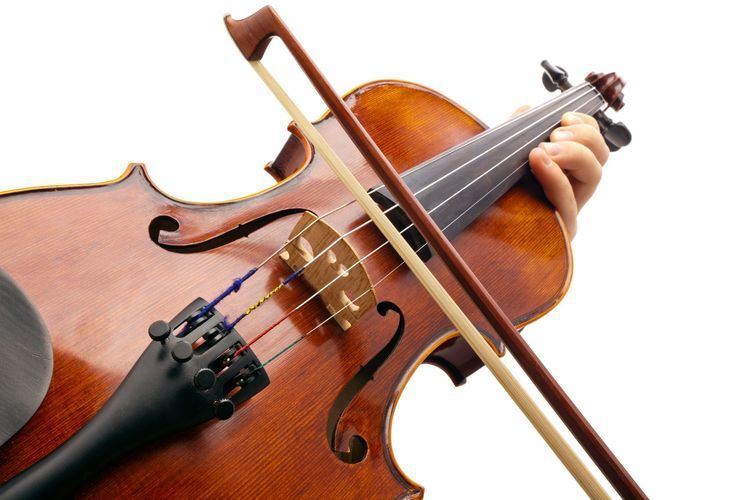
History
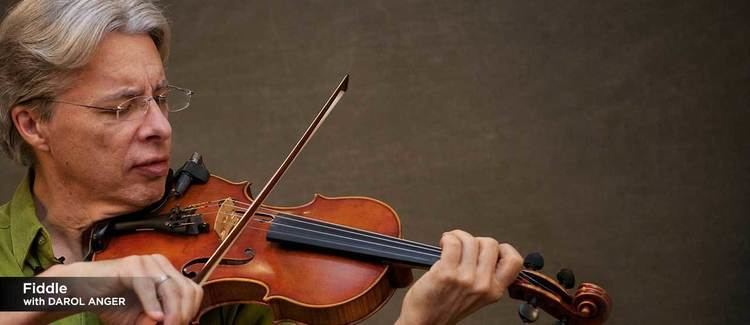
The medieval fiddle emerged in 10th-century Europe, deriving from the Byzantine lira (Greek: λύρα, Latin: lira, English: lyre), a bowed string instrument of the Byzantine Empire and ancestor of most European bowed instruments. The first recorded reference to the bowed lira was in the 9th century by the Persian geographer Ibn Khurradadhbih (d. 911); in his lexicographical discussion of instruments he cited the lira (lūrā) as a typical instrument of the Byzantines and equivalent to the rabāb played in the Islamic Empires. Lira spread widely westward to Europe; in the 11th and 12th centuries European writers use the terms fiddle and lira interchangeably when referring to bowed instruments (Encyclopædia Britannica. 2009).
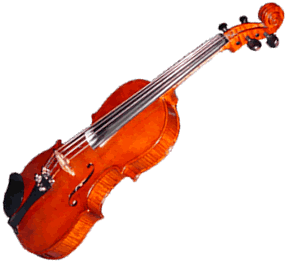
Over the centuries, Europe continued to have two distinct types of fiddles: one, relatively square-shaped, held in the arms, became known as the viola da braccio (arm viol) family and evolved into the violin; the other, with sloping shoulders and held between the knees, was the viola da gamba (leg viol) group. During the Renaissance the gambas were important and elegant instruments; they eventually lost ground to the louder (and originally less aristocratic) viola da braccio family.
Etymology
The etymology of fiddle is uncertain: the Germanic fiddle may derive from the same early Romance word as does violin, or it may be natively Germanic. The name seems however to be related to Icelandic Fiðla and also Old English fiðele. A native Germanic ancestor of fiddle may even be the ancestor of the early Romance form of violin. Historically, fiddle also referred to a predecessor of today's violin. Like the violin, it tended to have four strings, but came in a variety of shapes and sizes. Another family of instruments that contributed to the development of the modern fiddle are the viols, which are held between the legs and played vertically, and have fretted fingerboards.
Ensembles
In performance, a solo fiddler, or one fiddler or two with a group of other instrumentalists, is the norm, though twin fiddling is represented in some North American, Scandinavian, Scottish and Irish styles. Violins, on the other hand, are commonly grouped in sections. These contrasting traditions may be vestiges of historical performance settings: large concert halls where violins were played required more instruments, before electronic amplification, than did more intimate dance halls and houses that fiddlers played in.
The difference was likely compounded by the different sounds expected of violin music and fiddle music. Historically, the majority of fiddle music was dance music, while violin music had either grown out of dance music or was something else entirely. Violin music came to value a smoothness that fiddling, with its dance-driven clear beat, did not always follow. In situations that required greater volume, a fiddler (as long as they kept the beat) could push their instrument harder than could a violinist. (Different fiddle traditions have different values, as detailed below. These explanations present the differences between fiddle music and other violin music.)
Following the folk revivals of the second half of the 20th century, however, it has become common for less formal situations to find large groups of fiddlers playing together—see for example the Calgary Fiddlers, and Swedish Spelmanslag folk-musician clubs, and the worldwide phenomenon of Irish sessions.
Scottish fiddle with cello
In the very late 20th century, a few artists have successfully attempted a reconstruction of the Scottish tradition of violin and "big fiddle," or cello. Notable recorded examples include Iain Fraser and Christine Hanson, Amelia Kaminski and Christine Hanson's Bonnie Lasses and Alasdair Fraser and Natalie Haas' Fire and Grace.
Balkan fiddle with kontra
Hungarian, Slovenian, and Romanian fiddle players are often accompanied by a three-stringed variant of the viola—known as the kontra—and by double bass, with cimbalom and clarinet being less standard yet still common additions to a band. In Hungary, a three stringed viola variant with a flat bridge, called the kontra or háromhúros brácsa makes up part of a traditional rhythm section in Hungarian folk music. The flat bridge allows for three string chords to be played. A three stringed double bass variant is also used.
Styles
To a greater extent than classical violin playing, fiddle playing is characterized by a huge variety of ethnic or folk music traditions, each of which has its own distinctive sound.
Great Britain
Ireland
Scandinavia
Continental Europe
North America
American fiddling, a broad category including traditional and modern styles
Traditional
Modern
Canadian fiddling Fiddling remains popular in Canada, and the various homegrown styles of fiddling are seen as an important part of the country's cultural identity, as celebrated during the opening ceremony of the Vancouver 2010 Winter Olympics.
Latin America
Other areas
The Scottish Fiddle
-The fiddle played in Scotland is no different from other fiddles. The way it is played makes Scottish fiddling stand out. There is a particular active energy and precision in the execution of the songs played.
